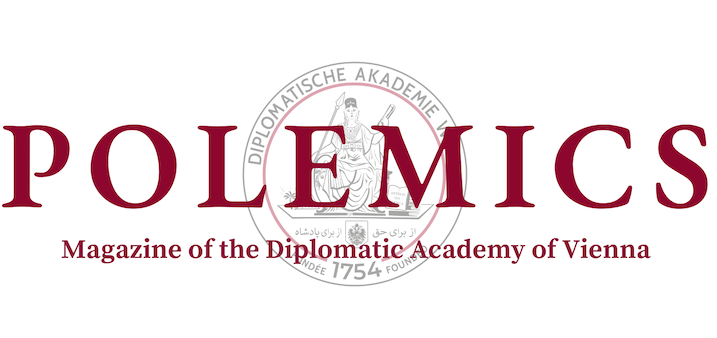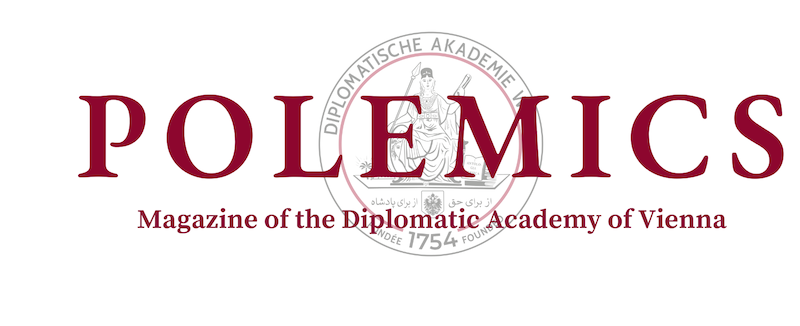In the constant struggles that are the geopolitics of oil, revolutionary changes are on the horizon. Russia’s dominance of the natural gas market since the time of the Cold War appears to have found a contender in the United States’ shale revolution. Diversification may be the key, and as new competition emerges from the West, Moscow will have to look east for new markets and renewed alliances.
The Russian Federation is one of the world’s main exporters of oil and natural gas. As of 2014, hydrocarbons made up 60% of the country’s exports for an estimated value of $300 billion.
Currently, Russia’s trade economy is greatly dependent on Europe particularly in the sphere of energy. The Kremlin’s first trade partner is the European Union in a relationship which can be defined as asymmetric. The EU is in fact Russia’s main natural gas importer (for a total of 80% of Moscow’s natural gas exports), which however only accounts for 30% of the Union’s gas needs, according to Eurostat data for 2014.
Russia’s fears of losing their dominant hold (with the consequences that entails) materialized with the 2014 sanctions following the annexation of Crimea. A severe blow was dealt to Moscow (coupled with a fall in oil prices): the ruble plummeted and inflation doubled from 6.77% in 2013 to 15.55% in 2015. Russia is expected to lose 23% of its expected biennial GDP for the years 2014-2017 (data from the Economic Expert Group).
But history teaches us that Russia does not remain on the defensive for long, and much like his predecessors, Putin was swift to react. The pipeline “conflict” in the west is firing up, the export giant Gazprom is currently operating an underwater pipeline in the North (NordStream I) which is likely to see its capacity doubled in the future. Similarly, in the South, plans for TurkStream are well underway, and the pipeline ending at Ipsala (Turkish Thrace), where the Trans-Adriatic Pipeline will begin means that Russian gas could, soon, reach the Italian shores through the Balkan route. These projects have several main goals: they increase the consumer countries’ dependence; they weaken the traditional transit countries; they ensure Russia’s dominance in Europe for the time being and they cement the Kremlin’s position as the main European supplier.
Despite Gazprom’s recent successes in Europe, Russia is still well-aware of its vulnerabilities related to the European energy markets. The Kremlin knows that Europe’s thirst for diversification is nowhere near quenched and that the victory is temporary. The shale revolution currently underway in the United States cannot, due to bureaucratic and technical reasons, be replicated in Europe. Recently, however, the US has started exporting its gas to Latin American countries, and it is not difficult to imagine a scenario in which American gas will reach the European shores. To this extent, the EU member states are expanding and building infrastructure to accommodate Liquefied Natural Gas (LNG) tankers. By the end of the currently ongoing expansion projects, Europe’s capacity with respect to LNG imports will be roughly 623.54 bcm/y, as opposed to the current 226.83 bcm/y (as per the GIE LNG Map database). To put that into perspective, current Gazprom’s sales to Europe amount to 158.6 bcm/y. The hit suffered in 2014 is still present, and Moscow realises that these LNG expansions are a clear and present danger.
The need to find an economic alternative, along with political divergence and regulatory risks are the main factors pushing Russia to find new markets. The discovery of rich deposits in the Far East region and Eastern Siberia, coupled with the low local demand mean that if the Kremlin were to monetize its assets, it would have to look for possible consumers.
To the south lies China: its impressive growth and increasing energy demand has turned the country into an importer and highlighted the importance of energy security. China’s demand for gas has been on the increase in the past decade, and the country became a net importer in 2007. Currently, China gets its gas from a very diversified portfolio of suppliers. The main pipelines pump gas from the Central Asian republic’s fields, the most important one being that of Turkmenistan (the 4th largest holder of natural gas). The missing link was the Northern Frontier, and Russia was the obvious partner.
Until three years ago, the lack of infrastructure and disputes over price had kept the Chinese gas market closed to Russia’s resources. However, on May 21st, 2014, CNPC (the Chinese state-held hydrocarbon company) and Gazprom signed a historic $400 billion deal. The two firms agreed on a thirty-year partnership during which Russia will supply the Chinese market with 38 bcm per year from its fields in Eastern Siberia. Russian gas will account for roughly one fifth of China’s present day natural gas consumption giving Gazprom its much-wanted foothold in Eastern Asia. The amount Gazprom would export to China would be close to one fourth of what the company is currently selling to Europe. Financially however, the deal is valued at 16% of Gazprom’s current exports making China the second-largest consumer after Germany.
The Russians are planning two separate pipelines, The Power of Siberia and the Altai Route, which would, according to both the EIA (U.S. Energy Information Administration) and the IEA (International Energy Agency) give Russia a 35% share in the Chinese energy market by 2020. This dominant position is not well-received in Beijing, which is unwilling to follow the European’s fate and risk a situation of dependency. To that extent, we can expect China to continue its diversification strategy which has worked well to this date. Currently, China is expanding its LNG capacities from the current 44 bcm to 150 bcm in 2020. The Eastern coast’s ports have few realistic suitors, one of which being the United States which could use its shale boom to weaken Russia’s position in the Chinese market.
China will not be the answer to Russia’s economic needs, but the pipeline deal of 2014 should be observed with a wider scope in mind. The Altai project has an important political connotation: as it draws its gas from the fields of Western Siberia, which have traditionally been reserved for the EU market, Altai shows Russia’s current shift in its political priorities. The deal also comes in a period of increasing interdependence between the two countries. By 2011, China was Russia’s largest trading partner, and in 2014 (the year of the sanctions), Chinese investments in Russia grew by 80%. The two neighbours have started cooperating more and more on a military and a political level. In 2016, Beijing agreed to buy Russia’s SU-35 fighters in a deal worth $2 billions. Cooperation is also seen around the Chinese sponsored One Belt One Road (OBOR), aimed at developing infrastructures in Central Asia. To that extent, China is building a $153 billions Moscow to Beijing railway track.
Russia’s own pivot to Asia comes in a period of increasing tensions with the West. Despite its recent successes in Europe with TurkStream and Nord Stream, the effects that the sanctions of 2014 have had on Russia’s economy have made the Kremlin realise its need for an alternative. The solution was China, a fast-growing country and energy consumer.
However, Beijing’s unwillingness to become highly dependent on one single country will hardly result in Russia’s economic salvation. Nevertheless, the 2014 deal has deeper implications: the increasing diplomatic and economic ties between the two countries are worth keeping an eye on. China’s growth needs to be fostered, and Russian supplies, coupled with Moscow’s need to find an ally might be the answer.









